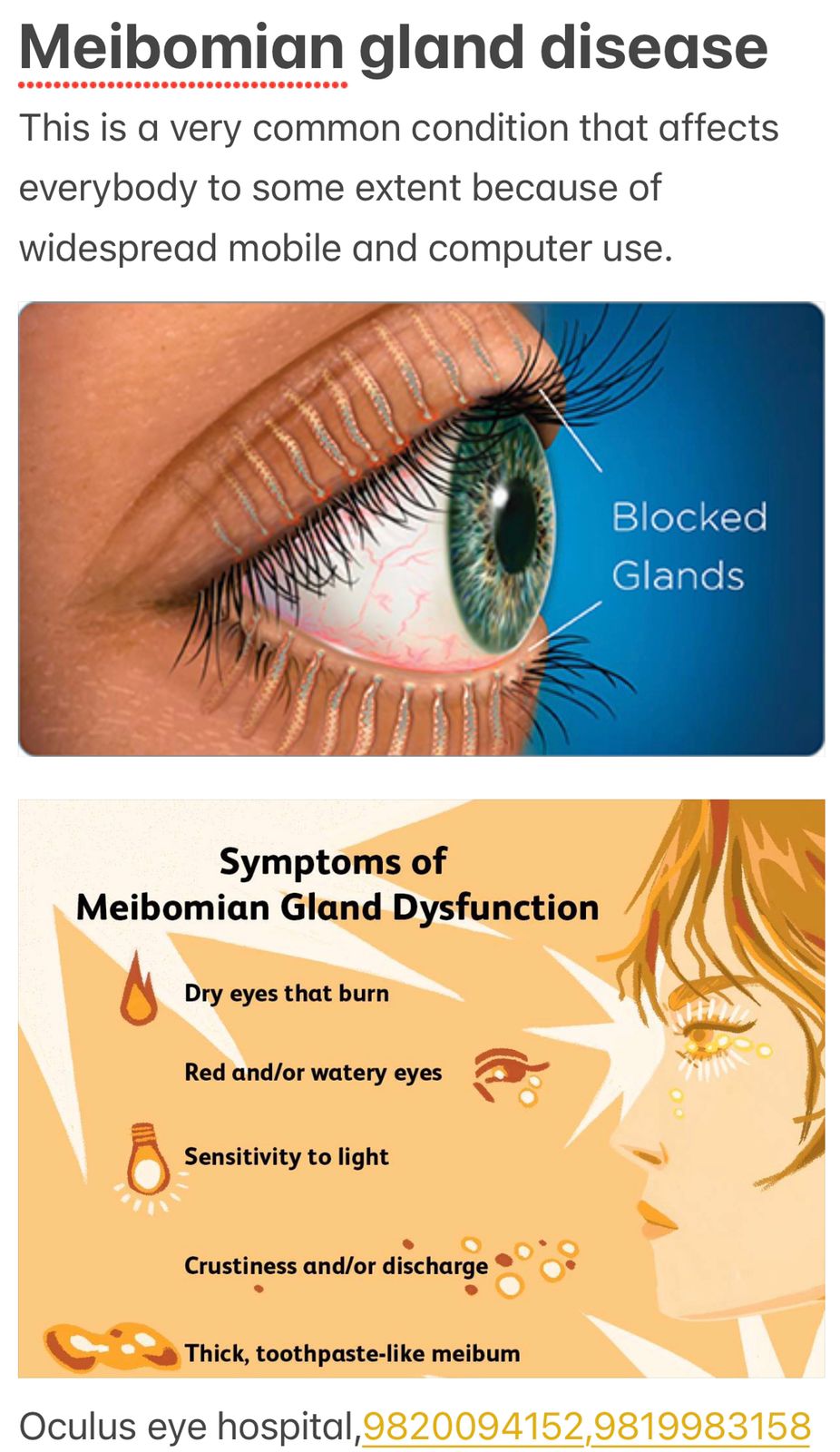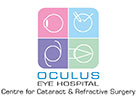- January 7, 2021
- Posted by: ohadmin
- Category: Eye

What are meibomian (oil) glands?
Meibomian glands are oil glands present in the eyelids with openings at the margins of the eyelids (the edges which touch when the eyelids are closed). These glands secrete oil which coats the surface of our eyes and keeps the water component of our tears from evaporating (drying out). Together, the water and the oil layer make up the tear film.The tear film lubricates and keeps the surface of our eyes healthy, it also affects how we see. If either the water or oil layer is decreased, or is of poor quality, we may have symptoms of irritation and/or blurred vision.

What is meibomian gland dysfunction (mgd)?
Meibomian gland dysfunction (MGD) refers to the condition where the glands are not secreting enough oil or when the oil they secrete is of poor quality.Often, the oil gland openings get plugged up so that less oil comes out of the glands. The oil that does make it out of the glands can be granular (crusty) or otherwise unhealthy and can cause irritation. MGD is very common. In the early stages, patients are often asymptomatic, but if left untreated, MGD can exacerbate dry eye symptoms and cause eyelid inflammation.
Symptoms include:
- Dryness
- Burning
- Itching
- Stickiness/ Crustiness
- Watering
- Light Sensitivity
- Red Eyes
- Foreign Body Sensation
- Chalazion/Stye
- Intermittent Blurry Vision
What is the treatment of mgd?
Your doctor will discuss ways to improve eyelid/eyelash hygiene to clear off the dead skin, oil and bacteria which build up. Because this is a chronic condition, treatment and preventive treatment must be done every day and should include all or some of the following:
- WARM COMPRESSES Heating the eyelid margin will increase oil production and melt the “crusty” oil that has become solid in the glands. Use a warm (not too hot) wet washcloth to apply heat on the eyelids for four minutes or more. This warms the oil, allowing it to flow more freely, and helps soften lash debris. This should be done twice a day when there are active symptoms, and once a day for prevention or maintenance.
- EYE DROPS Your eye dr. will also prescribe lubricant , antibiotic and anti-inflammatory eye drops as required. In addition to the above, some people benefit from supplementing their diet with omega-3 fats. Please understand this is a chronic condition and the more advanced the condition is when treatment is started , the longer the treatment will take. The treatment can take anything from one year to a lifetime If you do not treat it ,even though it is not sight threatenng, it will make it difficult for you to carry out your daily activities in the future.So please carry out your dr.s instructions properly.
Dr. Jagruti Desai ( M.S. Ophthalmology )
Oculus eye hospital
Tel. 9820094152, 9819983158
